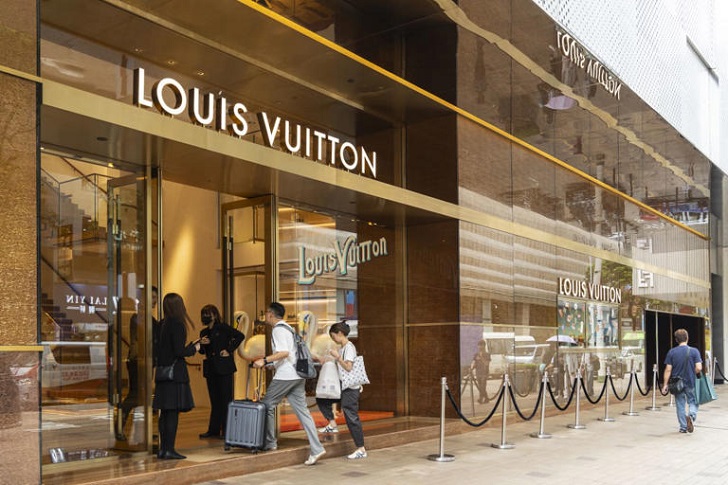Luxury brand popularity, once a hallmark of exclusivity and aspiration, is now facing significant challenges. The global market for personal luxury goods is experiencing a slowdown, marking its first decline since the 2009 recession. This shift stems from rising consumer dissatisfaction, high prices, unmet expectations, and evolving generational preferences. As brands grapple with these realities, some are missing revenue targets, while others scramble to redefine their appeal.
The Impact of Broken Promises on Consumer Trust
Luxury brands have historically promised exclusivity, quality, and innovation. However, recent trends reveal a growing disconnect between these promises and consumer experiences. Price hikes have soared without corresponding product quality, innovation, or service improvements. Analysts argue that consumers are noticing these gaps more acutely, especially as economic pressures tighten budgets.
For instance, prominent players like LVMH and Kering failed to meet revenue expectations in 2023. LVMH, known for iconic brands such as Louis Vuitton and Dior, lost its status as Europe’s most valuable company to Novo Nordisk. These challenges highlight a broader trend: luxury brands must address consumer demands or risk further erosion of trust and loyalty.

The Role of Exclusivity in Luxury Brand Success
Exclusivity remains a cornerstone of luxury appeal. When brands dilute this element, they risk losing their aspirational allure. Many high-end labels now struggle with what experts term “brand fatigue.” This phenomenon occurs when brands fail to differentiate their offerings, leaving consumers unimpressed.
Hermès serves as a notable exception. Its Birkin bag epitomizes exclusivity with lengthy waitlists and stringent purchasing benchmarks. This strategy enhances the bag’s mystique and perceived value, reinforcing its desirability. By contrast, brands offering generic customization options fail to replicate this aspirational model, alienating discerning clients seeking unique, one-of-a-kind items.
The China Effect: A Waning Economic Powerhouse
Thanks to its expanding middle class and affluent consumer base, China has long been a driving force behind the growth of the luxury market. However, economic challenges and diminished consumer confidence are curbing spending in this critical market. LVMH reported a 3% revenue drop in October 2024, largely attributable to sluggish sales in China.
Experts attribute this trend to inflation and shifting priorities among Chinese shoppers. Bain & Company’s annual luxury report underscores the significant impact of economic uncertainty, noting a sharp decline in the number of “aspirational” luxury consumers. This trend extends beyond China, influencing global markets as budget-conscious shoppers reallocate their spending toward other priorities.

Generational Shifts in Expectations
Younger generations, particularly Gen Z, are reshaping the luxury landscape. These consumers demand more than just high-quality products—they expect brands to deliver meaningful experiences, sustainability, and innovation. Brands failing to align with these values risk alienating this influential demographic.
Marie Driscoll, a luxury retail analyst, emphasizes the need for reinvention. She advises brands to continually surprise and delight consumers by offering fresh, innovative experiences. Without such efforts, luxury risks becoming mundane, diminishing its allure among younger audiences who crave novelty and authenticity.
The Importance of Value and Innovation
The absence of perceived value is a critical factor undermining luxury brand popularity. While prices have steadily climbed, many consumers feel the offerings fail to justify the expense. This sentiment is particularly pronounced in a market saturated with alternatives, including fast fashion and mid-tier brands mimicking high-end aesthetics.
Experts suggest that luxury brands must return to their roots—prioritizing quality craftsmanship, storytelling, and exceptional customer experiences. By fostering deeper connections with their clientele, brands can reignite their appeal and reclaim lost trust.




